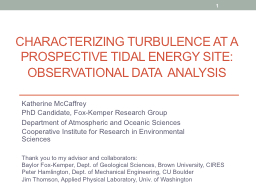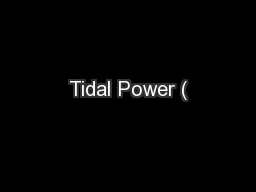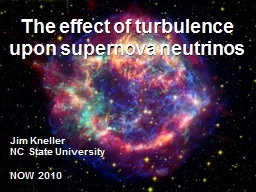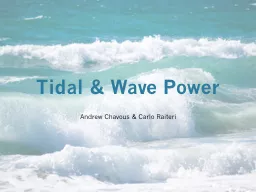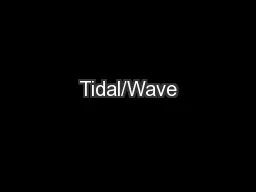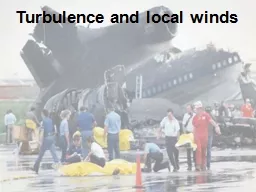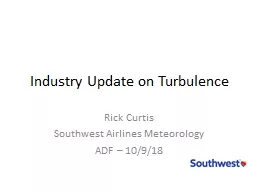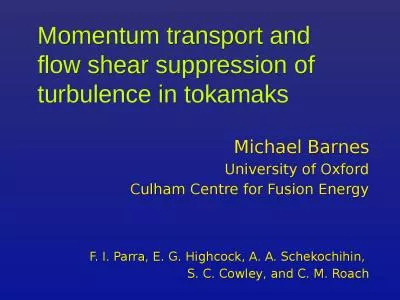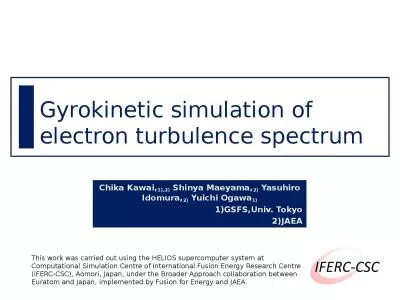PPT-Characterizing Turbulence at a Prospective Tidal Energy Site: Observational Data Analysis
Author : emmy | Published Date : 2023-07-28
Katherine McCaffrey PhD Candidate FoxKemper Research Group Department of Atmospheric and Oceanic Sciences Cooperative Institute for Research in Environmental Sciences
Presentation Embed Code
Download Presentation
Download Presentation The PPT/PDF document "Characterizing Turbulence at a Prospecti..." is the property of its rightful owner. Permission is granted to download and print the materials on this website for personal, non-commercial use only, and to display it on your personal computer provided you do not modify the materials and that you retain all copyright notices contained in the materials. By downloading content from our website, you accept the terms of this agreement.
Characterizing Turbulence at a Prospective Tidal Energy Site: Observational Data Analysis: Transcript
Download Rules Of Document
"Characterizing Turbulence at a Prospective Tidal Energy Site: Observational Data Analysis"The content belongs to its owner. You may download and print it for personal use, without modification, and keep all copyright notices. By downloading, you agree to these terms.
Related Documents

